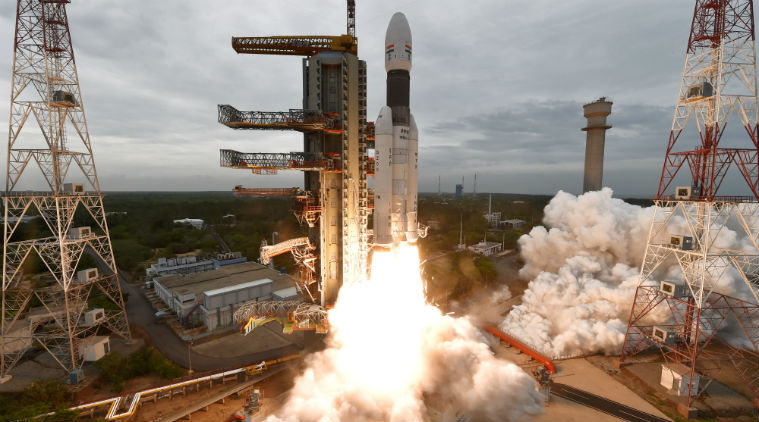BY MICHAEL GRESHKO PUBLISHED SEPTEMBER 6, 2019 An Indian spacecraft’s unprecedented attempt to make a s...
An Indian spacecraft’s unprecedented attempt to make a soft, controlled landing in the moon’s south polar region has ended in excruciating silence: Shortly before touchdown, the robotic lander Vikram—part of the Chandrayaan-2 mission—fell out of contact with mission control. The Indian Space Research Organization, India’s space agency, says that the spacecraft stopped communicating with Earth when it was within 1.3 miles of the lunar surface.



“The Vikram descent was as planned, and normal performance was observed, up to an altitude of 2.1 kilometers,” said Kailasavadivoo Sivan, ISRO’s chairman, in a statement roughly half an hour after signal loss. “The data is being analyzed.”
In addition to setting a global first, a successful landing would have made India just the fourth country to touch down anywhere on the lunar surface, and only the third nation to operate a robotic rover there. Nevertheless, the Chandrayaan-2 mission’s orbiter remains safely in lunar orbit, with a year-long scientific mission ahead of it.
“India is proud of our scientists! They’ve given their best and have always made India proud,” Indian prime minister Narendra Modi said in a statement on Twitter after Sivan’s update. “These are moments to be courageous, and courageous we will be!”
Like any voyage to a world beyond Earth, Vikram’s flight was a risky endeavor, requiring the lander to slow itself down to a near standstill, autonomously scan for surface obstacles, and then take steps to avoid them during touchdown. The majority of attempts to land robots on the moon have ended in failure, either during launch or on the way to the surface.
“Even though we got a successful lunar orbital insertion, landing is the terrifying moment,” Sivan said in an August press conference.
In an interview before the attempt, Dana Hurley, a planetary scientist at Johns Hopkins University’s Applied Physics Laboratory, expressed the nervousness that planetary scientists around the world feel with every spacecraft landing—because they know all too well what can go wrong.
“We’re always excited and nervous, because we know it’s very hard to do,” Hurley said. “It’s a tough business.”
Polar placement

Following its launch on July 22, Chandrayaan-2 spent the last several weeks inching its way to the moon, ultimately entering lunar orbit on August 20. On September 2, Vikram separated from the mission’s orbiter, and the newly freed lander began a series of braking maneuvers to lower its orbit and ready itself for landing.
Had things proceeded without a hitch, Vikram and Pragyaan—the small solar-powered rover it carried—would have set down on the moon at a latitude of about 70 degrees South, on a highland between the craters Manzinus C and Simpelius N.

No comments